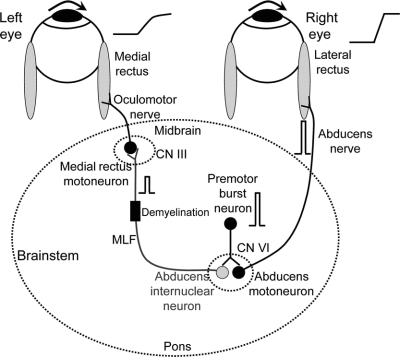Figure 1 Summary of simple model for internuclear ophthalmoparesis
Premotor burst neurons, lying in the paramedian pontine reticular formation (PPRF), project a pulse of innervation (shown schematically as a frequency-firing histogram) to the abducens nucleus (CN VI). Abducens motoneurons project the pulse of innervation via the sixth nerve to the right lateral rectus, which contracts rapidly to generate an abducting saccade of the right eye. Abducens internuclear neurons project the pulse of innervation, via the medial longitudinal fasciculus (MLF, internuclear pathway) to medial rectus motoneurons that, in turn, innervate the left medial rectus via the third nerve, to generate a fast adducting saccade of the left eye. If the MLF is demyelinated, signals are low-pass filtered, thereby reducing the size of the pulse (as shown); consequently, the adducting saccade of the left eye will be slow. Thus, comparison of the initial acceleration of the abducting and adducting eyes (shown schematically to the right of each eyeball) provides direct information about transmission of high-frequency signals (pulses of innervation) in the MLF. Note that the step of innervation, which follows the pulse, is omitted for clarity.

